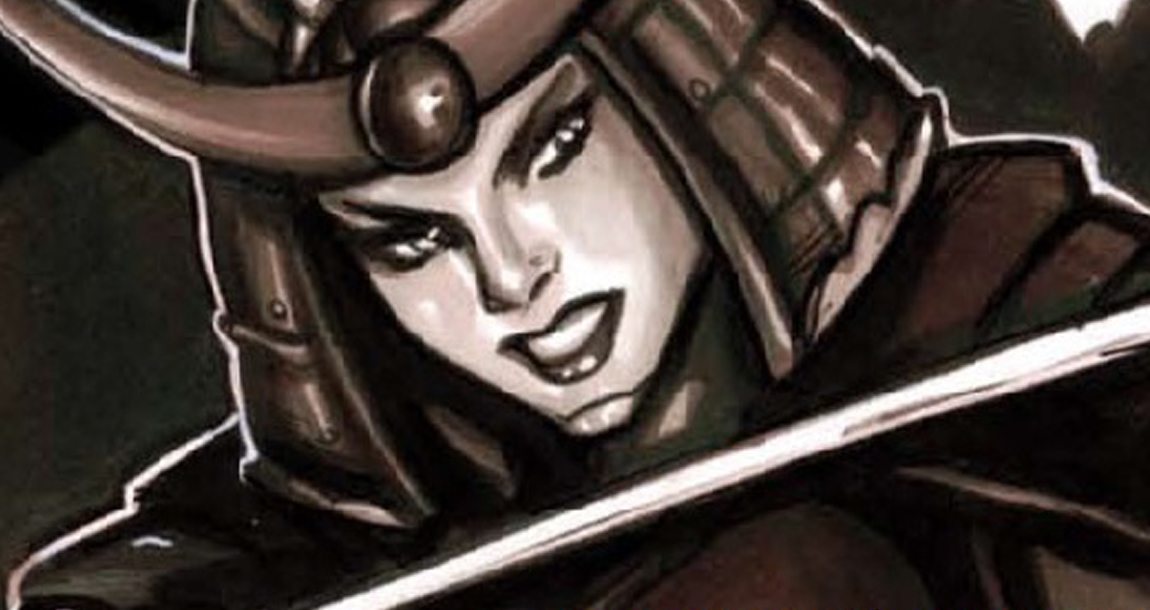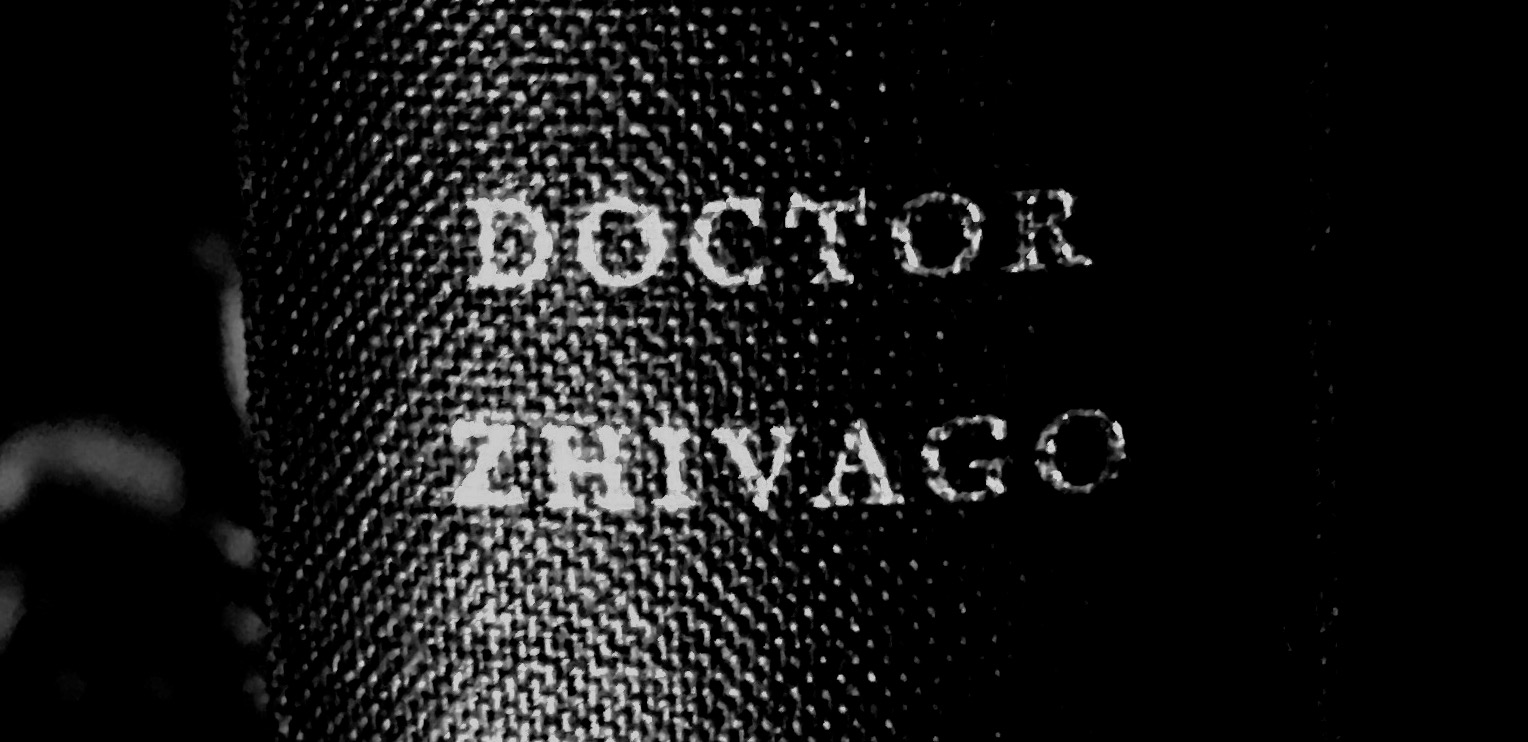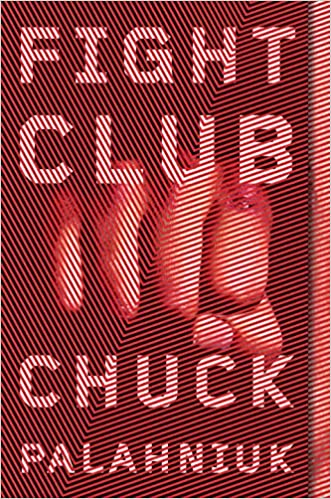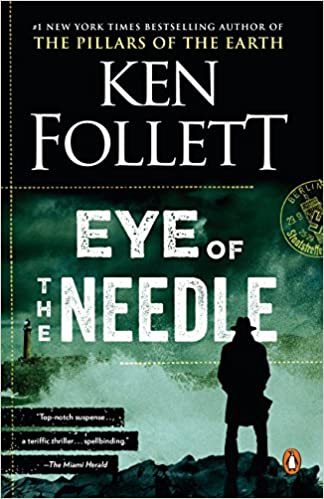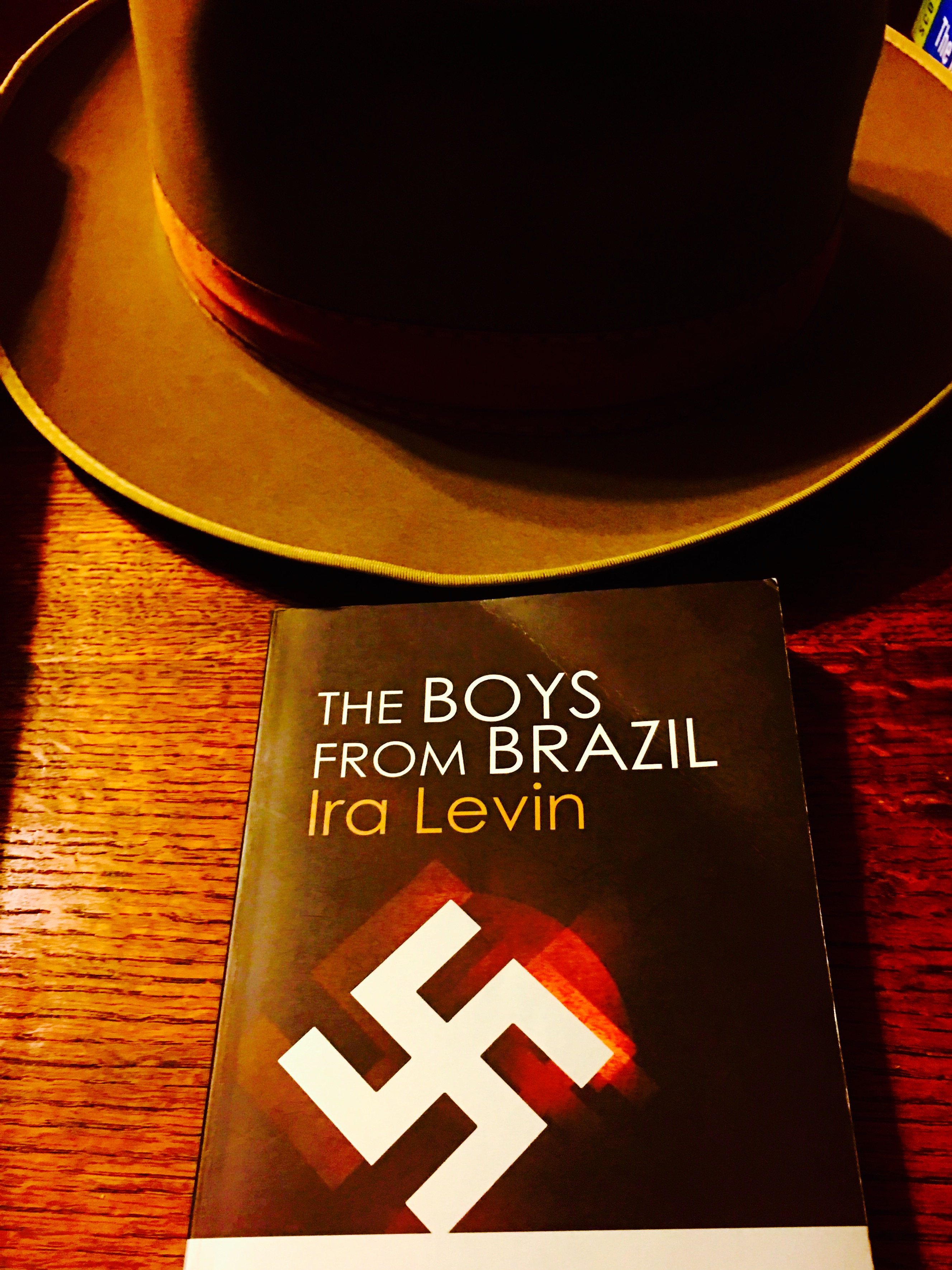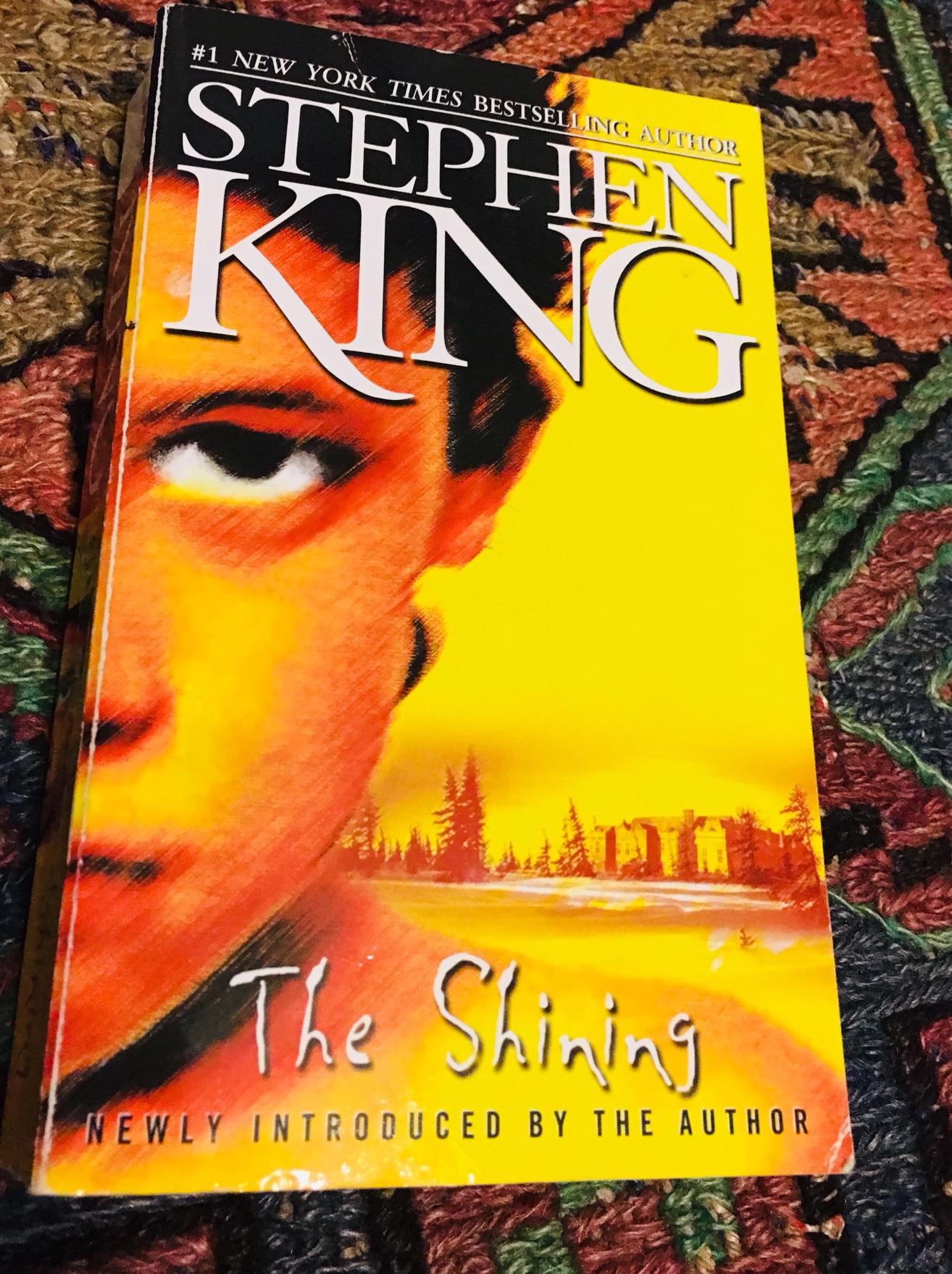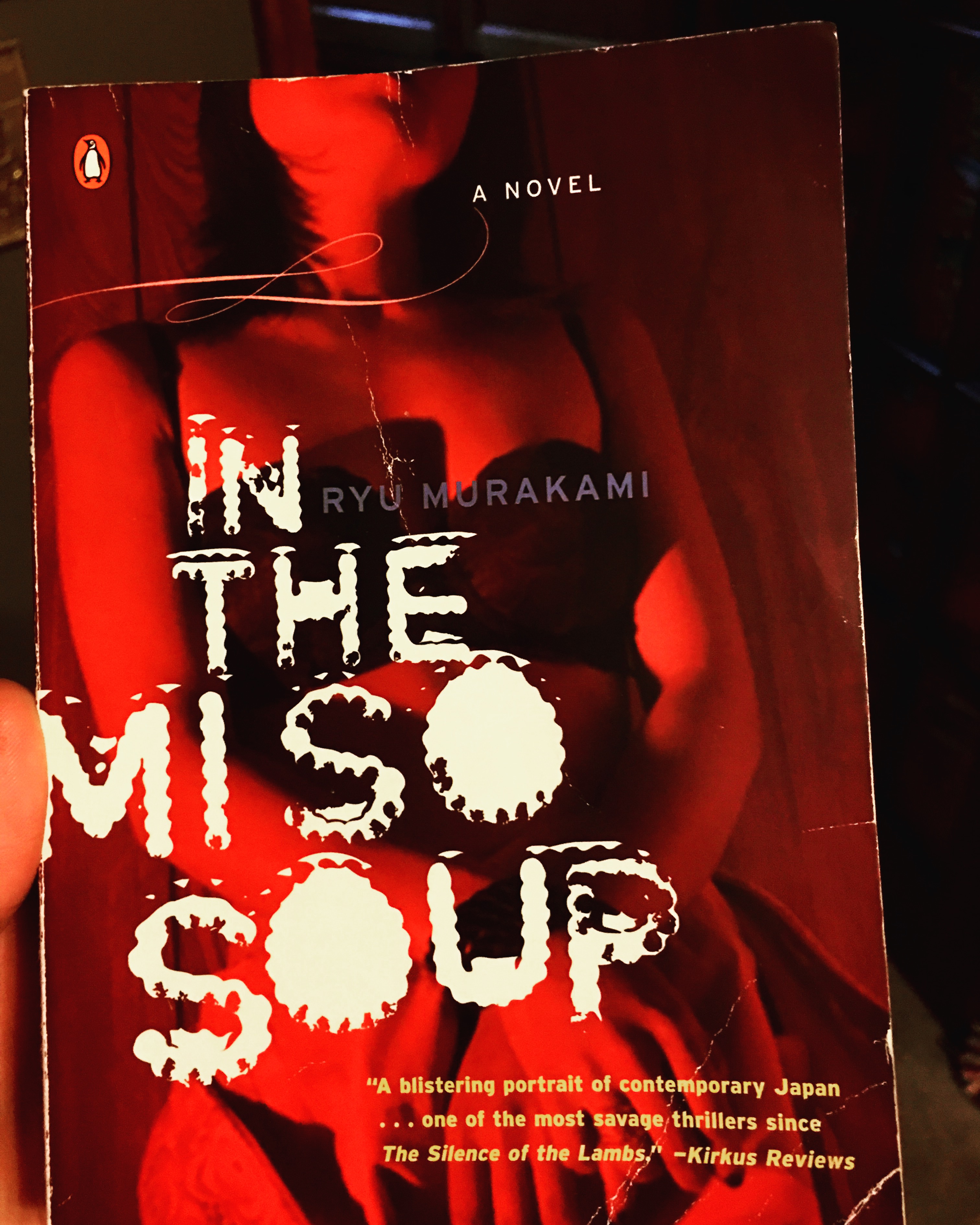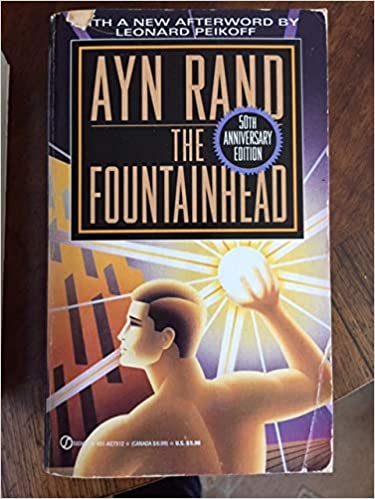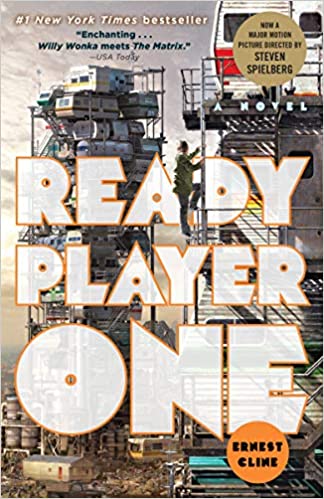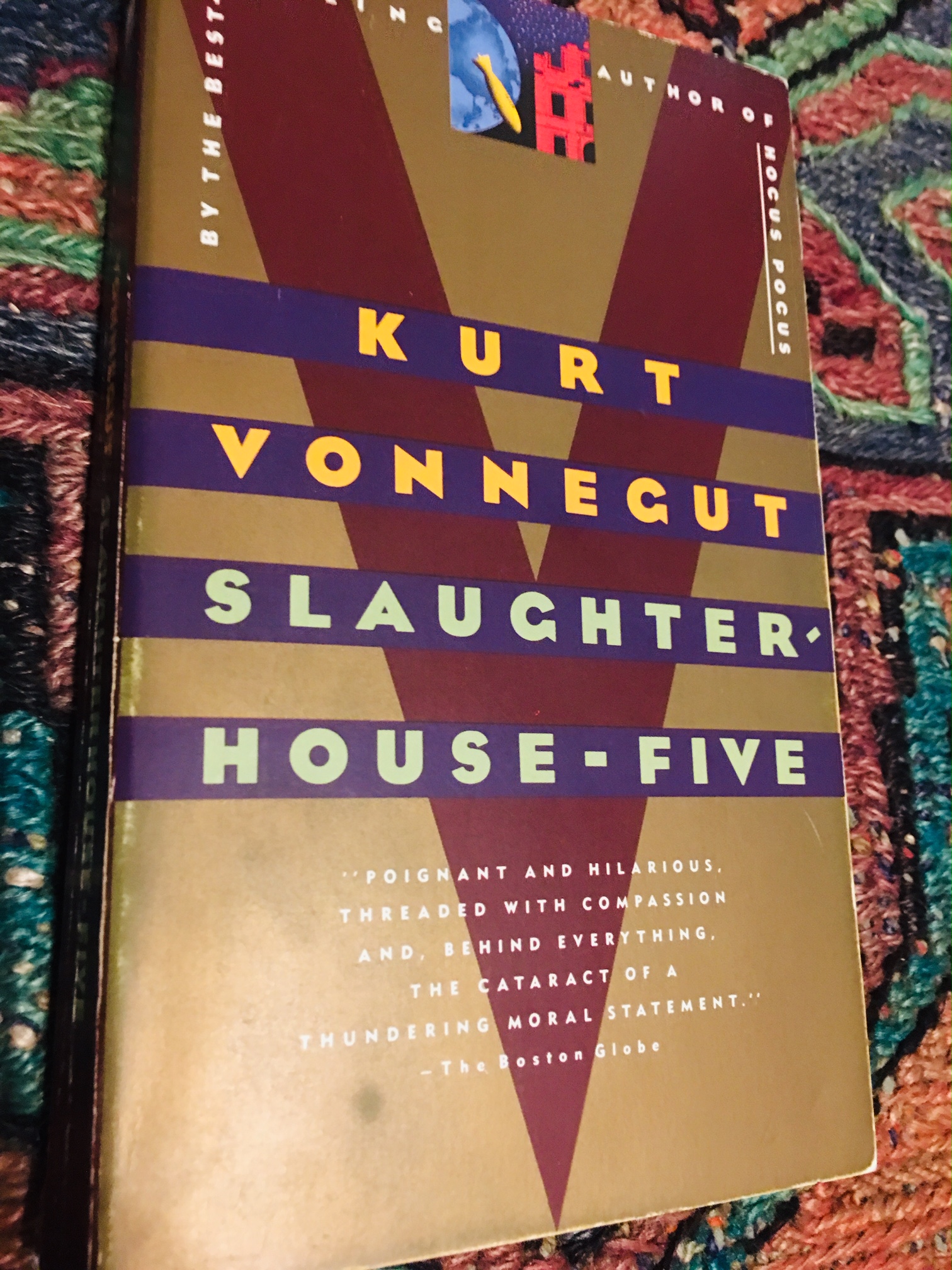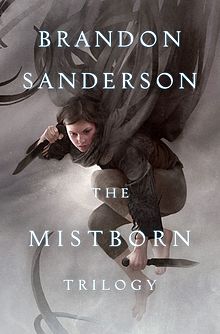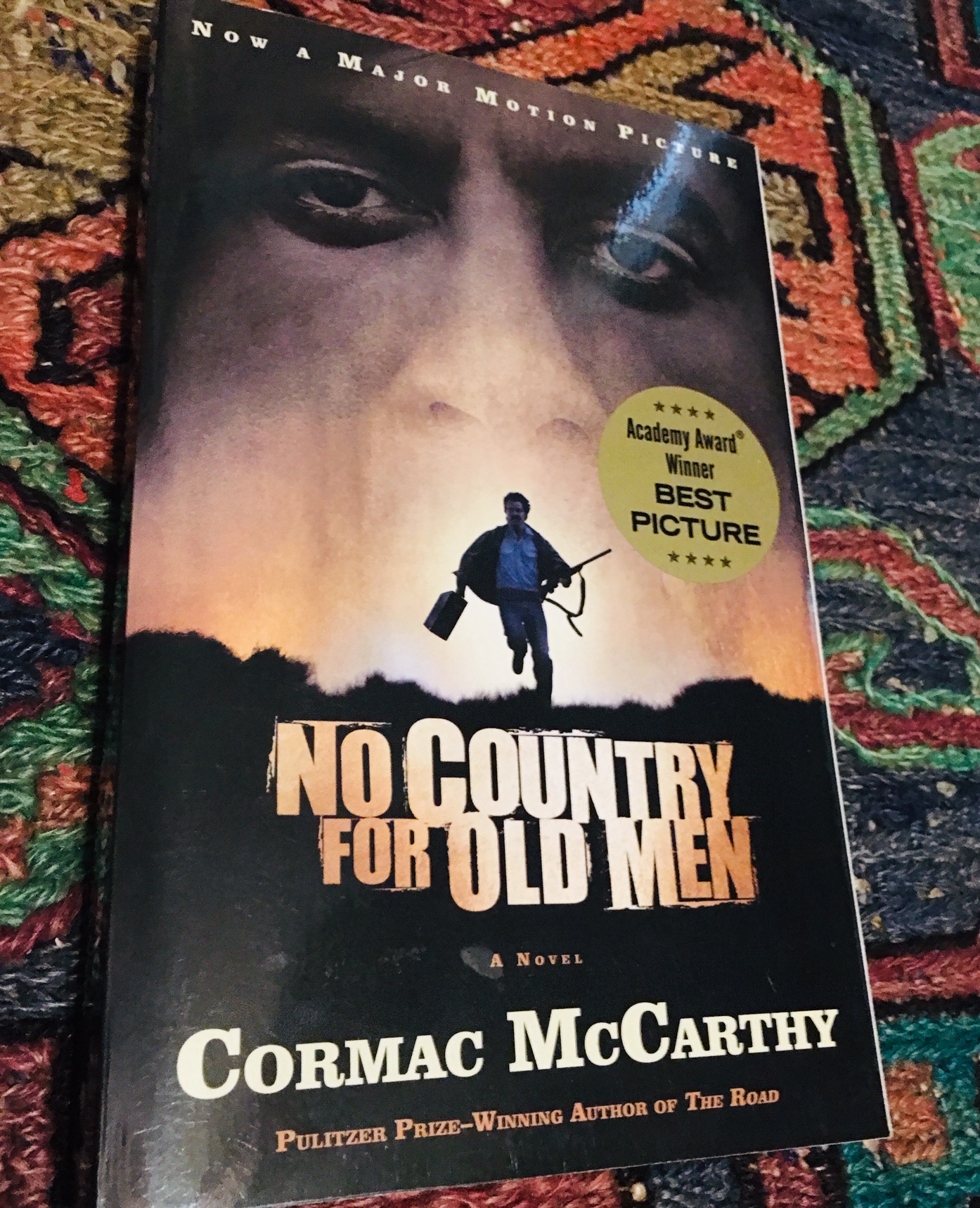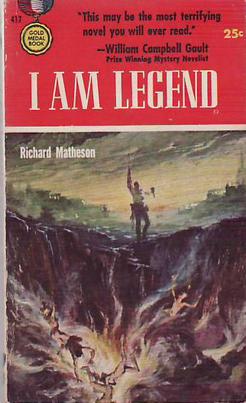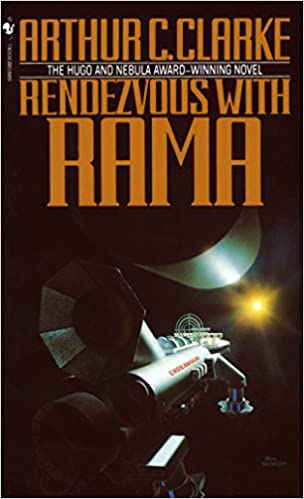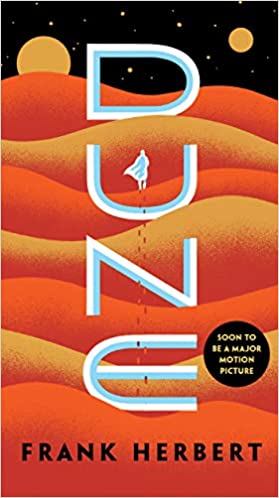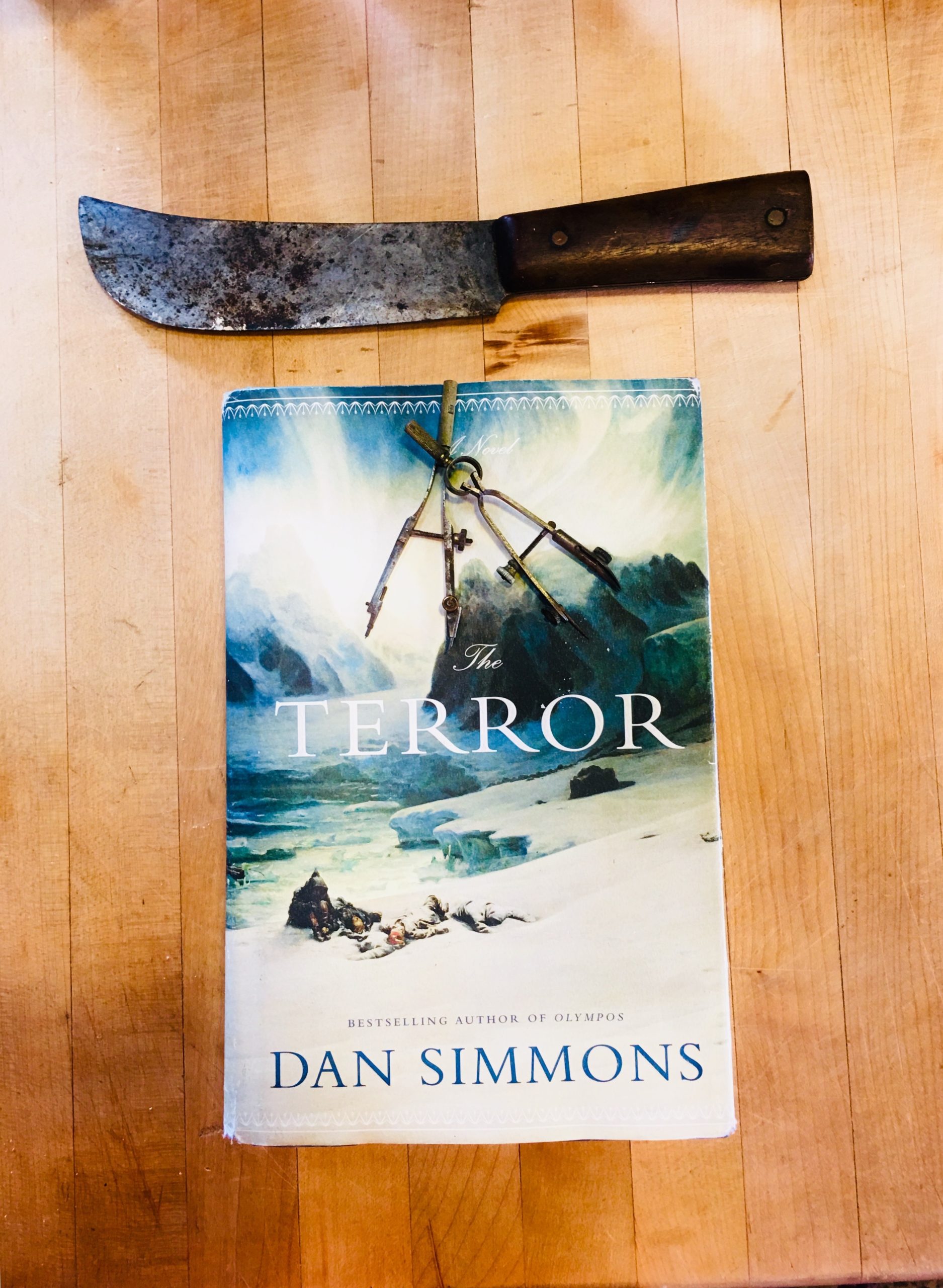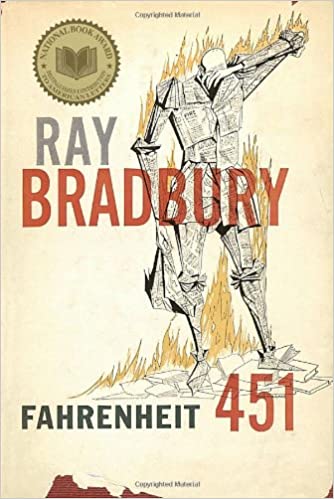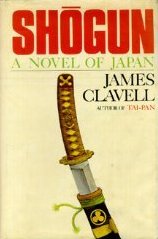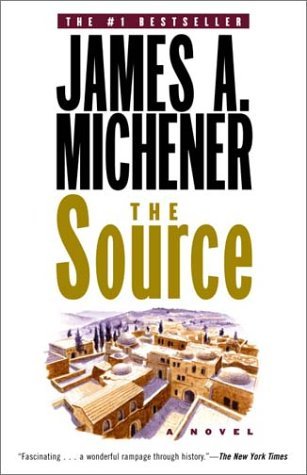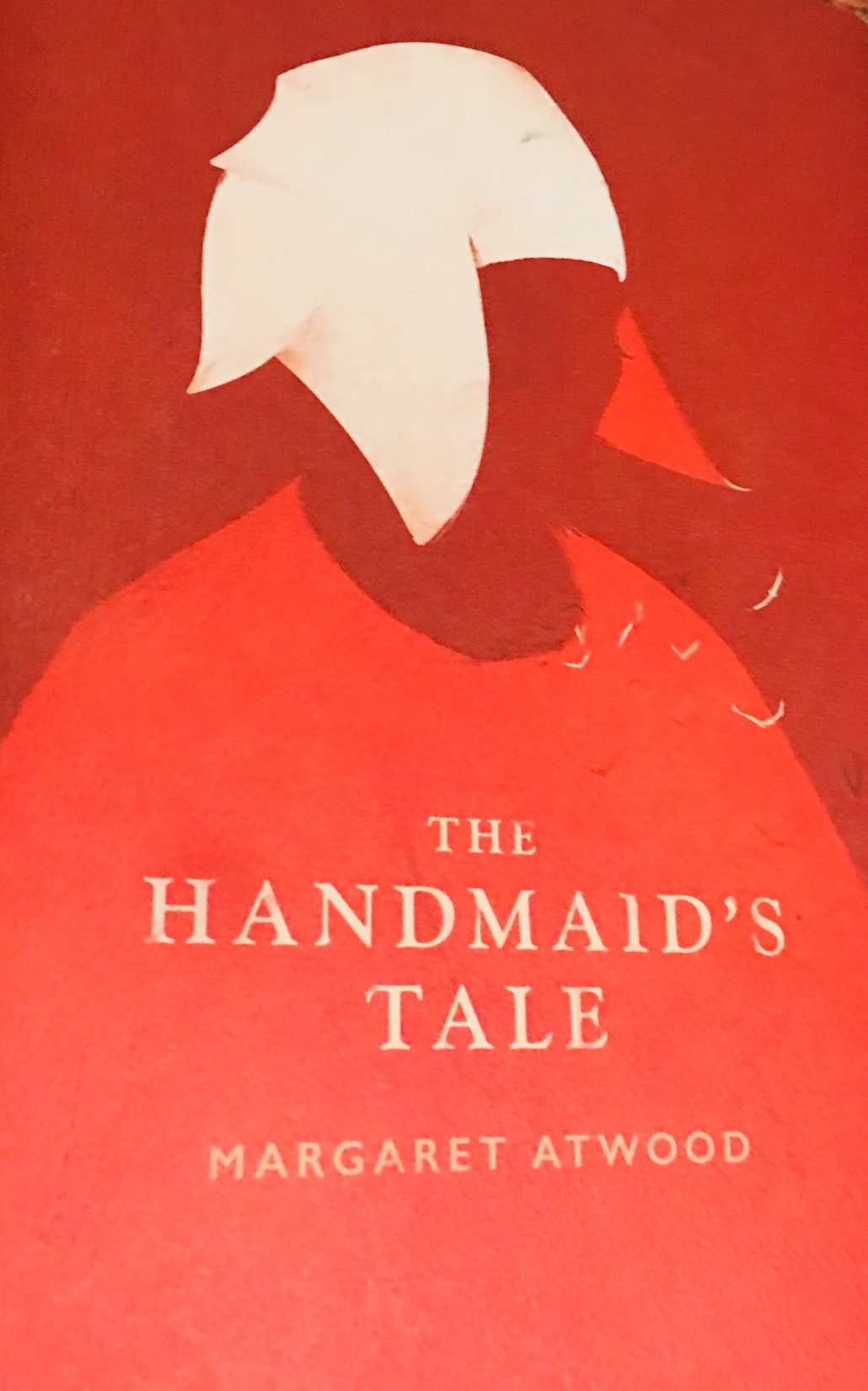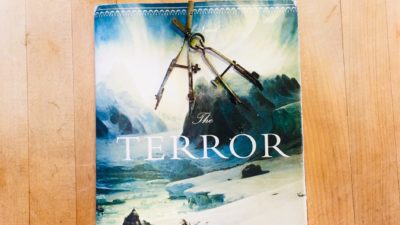Mimbrez put together this list of some of the all-time best novels published since World War II. These books by no means represent an exhaustive list. Each of them is a “sure thing” to entertain. While this list includes general fiction, classics, horror, science fiction, dystopian and fantasy, no particular focus is given to any of these genres. This is a work in progress and changes and additions continue to be made. We consider these novels “must reads.” If you have not read any one of these novels, then rest assured, you will be satisfied, and even thrilled, to pick any one of these stories before boarding a 24-hour flight. ALL PAID LINKS #ad
Doctor Zhivago, Boris Pasternak (1952)
Dystopian before the dystopian novel was popular. The story follows Yuri Zhivago through the Russian revolution and the traumatic social aftermath that follows. In all of that, he manages to fall in love, despite being married and on the run. The turmoil and destruction, with human endurance and spirit: it is a story retold in modern novels such as The Road and The Hunger Games. Doctor Zhivago Review.
1984 is arguably the original dystopian science fiction novel which all post-modern writers have attempted to recreate over the last 70 years and counting. In a time when Big Brother watches every step and thought people take, Winston Smith notices the lies people are told, wonders what to do about it and even seeks answers through love interest. Big Brother reads minds, and certainly destroys them. 1984 is a constant source of introspection of our own world, and is required reading for any fan of dystopian science fiction.
Stars My Destination (or Tiger! Tiger!), Alfred Bester (1956)
A punk rock novel before the genre ever existed. Stars My Destination is a wild sci-fi ride of fresh ideas and action. When people have colonized the solar system and are able to travel by merely thinking it (called jaunting), Gully Foyle is bent on revenge after his derelict ship was abandoned for any rescue attempt. He tears it up chasing after his nemeses, handicapped by scars from a removed facial tattoo which burns to life if he gets mad. This book begs to be read with a glass of bourbon and background music of the Sex Pistols. A must read for any science fiction or thriller fan.
Fight Club, Chuck Palahniuk (1996)
Another exciting read of nutty happenings with engaging prose and fresh characters, Fight Club is also a required reading for coffee junky X-generation readers. Palahniuk should be compared to Kurt Vonnegut, who could write an entertaining story about shoe laces. For those born after the Vietnam War, Fight Club hits the nerve of young persons looking for meaning outside a consumer-driven, career-minded world. With the rise of minimalism at a source of meaning (as compared to fighting wars, raising families, buying houses and cars on credit), Fight Club gives value to the protagonist’s life in the form of ritual street (or basement) cult fights. Fight Club is for anyone who graduated from high school from the 1980’s to the present. Review of Fight Club.
Eye of the Needle, Ken Follett (1978)
Eye of the Needle is one of the best spy thrillers of all time, and it is a prime example of how tight prose and rich characters drive an excellent story without exceeding 1,000 pages. The Eye of the Needles is about a Nazi spy with a code name the same as the novel’s title. With British authorities close on his heels, he attempts to escape, and eventually meets and seduces a strong woman, who must make difficult choices of love and patriotism. Again, Eye of the Needles is one of those “sure thing” books. If you’ve never heard of it, pick it up and enjoy.
Boys From Brazil (1976), Ira Lavin
Rosemary’s Baby is one of the few books that was remade nearly perfectly, scene-for-scene, into a movie with the same name. It is a fascinating work, which contrary to common belief, has more to do with the vagaries of the self-centered bourgeoisie class of New York City, than the unwanted pregnancy and birth of the Prince of Darkness. At its time, Rosemary’s baby was a huge success, the novel everyone was talking about, along with the Exorcist. If you’re in the mode to get scared and entertained with developed characters and story, read Rosemary’s Baby. While you’re at it, read Boys From Brazil, a story of post-war Nazis in South America who are attempting to clone Hitler back into existence. Scary. Reading Ira Lavin, like Eye of the Needle, is also an important reminder that some of the best stories are told with tight engaging prose in well under 500 pages. Hello, Stephen King? Review of Boys from Brazil.
The three “S” Novels by Stephen King:
‘Salems Lot (1975)
The Shining (1977), and
The Stand (1978) (or just read It (1986))
Stephen King is really more of a thriller writer than horror. Don’t be scared to pick up any one of these “S” novels, stories about vampires, haunted hotels, and pandemics, respectively. It is about a clown who has terrorized a small town for ages. The popularity of these novels has been so great that they have imbued popular culture with their characters and themes, making them icons of 1980’s and required reading for anyone seeking “best novels” to enjoy. Review of It.
In the Miso Soup, Ryu Murakami (1997)
Ryu Murakami should be on more “best” novels list. The story of In the Miso Soup is probably a little unsettling or shocking for some readers. The real undercurrent is a commentary of post-modern life and values, someone like Fight Club. In the Miso Soup follows a tour guide in Tokyo’s sex districts, who has the misfortune to encounter an American serial killer as a client. The story is upsetting at times, not only due to the gore but because of the uncanny insights into the status of modern human values. Review of In the Miso Soup.
The Fountainhead, Ayn Rand (1943)
The Fountainhead is pornography for the self-centered egoist, bent on doing things one’s own way against the misguided modern norms. After all, Ayn Rand is also the author essays called The Virtue of Selfishness: A New Concept of Egoism; thus, the reason The Fountainhead is popular among college students, in the thick of building their careers and mythology of their own importance. Politicians also tend to love Rand. The Fountainhead is about a talented architect, Howard Roark, who will only build his way and on his terms. The powers that be try to destroy him, and he is forced to manual labor because he will not bend. Despite everything, he has a come back, and builds on his terms when other like-minded individuals seek him out. This story is candy of idealistic young minds, and gasoline on fire for new graduates looking for a job (not in a good way), not to mention politicians looking for a theme. Howard Roark is a good friend on an idealistic wanderlust story. Just remember to ditch him when venturing out into the real world. After all, real leadership requires teamwork, understanding, compassion and more than just a touch of selflessness.
Ready Player One, Ernest Cline (2011)
Ready Player One is guilty-pleasure reading for anyone who experienced the 1980’s. For those of us who grew up playing the original Atari, listening to the likes of Rush and Joy Division, watching War Games, playing Mrs. Pac-Man, and so on, Ready Player One inspires nostalgic feelings of jealousy. “Only I can truly understand this,” you’ll think. Ernest Client gets the ‘80’s vibe exactly right, along with a trilling story about Wade Watts, who is on the ultimate Easter egg hunt in a virtual world, the winner of which inherits the most powerful on-line gaming reality world, which literally controls all aspects of life. (Think inheriting Apple and Google all at once.) Reading Ready Player One is like re-experiencing every favorite video game, movie and music from the 1980’s. P.S. The movie with the same name totally misses the point, tone and feel for the book: complete fail.
Lonesome Dove, Larry McMurtry (1985)
If you read only one western novel in your lifetime, read Lonesome Dove and call it done. You’ll like it more than you think. Gus and Cal will stay with you. Cheers cowboys and cowgirls!
Slaughterhouse-Five (1969) and Cat’s Cradle (1963), Kurt Vonnegut
The best part of about Slaughterhouse-Five is that it is a science fiction novel written by a master of words. Read A Man Without a Country, and you will see that Vonnegut can entertain even with stories about going to the post office. Add elements of a survival story of an American POW in Nazi Germany, who is meanwhile traveling back and forth in time, as he is also captured in the future by aliens for study, then Slaughterhouse-Five is a novel that begs to be read in one sitting. If you’re sorry the story ends, immediately pick up Cat’s Cradle. When you’re done, if you’ve never read Vonnegut before, you’ll be sorry you never went to one of his public lectures before he passed.
Mistborn Series, Brandon Sanderson (2006)
Mistborn is an excellent mix of political intrigue and science fiction thriller, added with a stiff dose of new settings and story ideas. The main character is a girl who is born with Allomancy, the ability of metabolize (“burn”) metals, which gives her the power to jump through the air at long distances, move objects and more. Her world is controlled by the Dark One, who has a similar ability, and controls all aspects of life, where the few are rich, and most exist as poor forced labor. She meets a rebel group, and challenges the powers that be in an impossible battle. Best of all, the ideas are new, the prose good, and the characters strong. Mistborn Review.
The Road (2006) and No Country for Old Men (2005), Cormac McCarthy
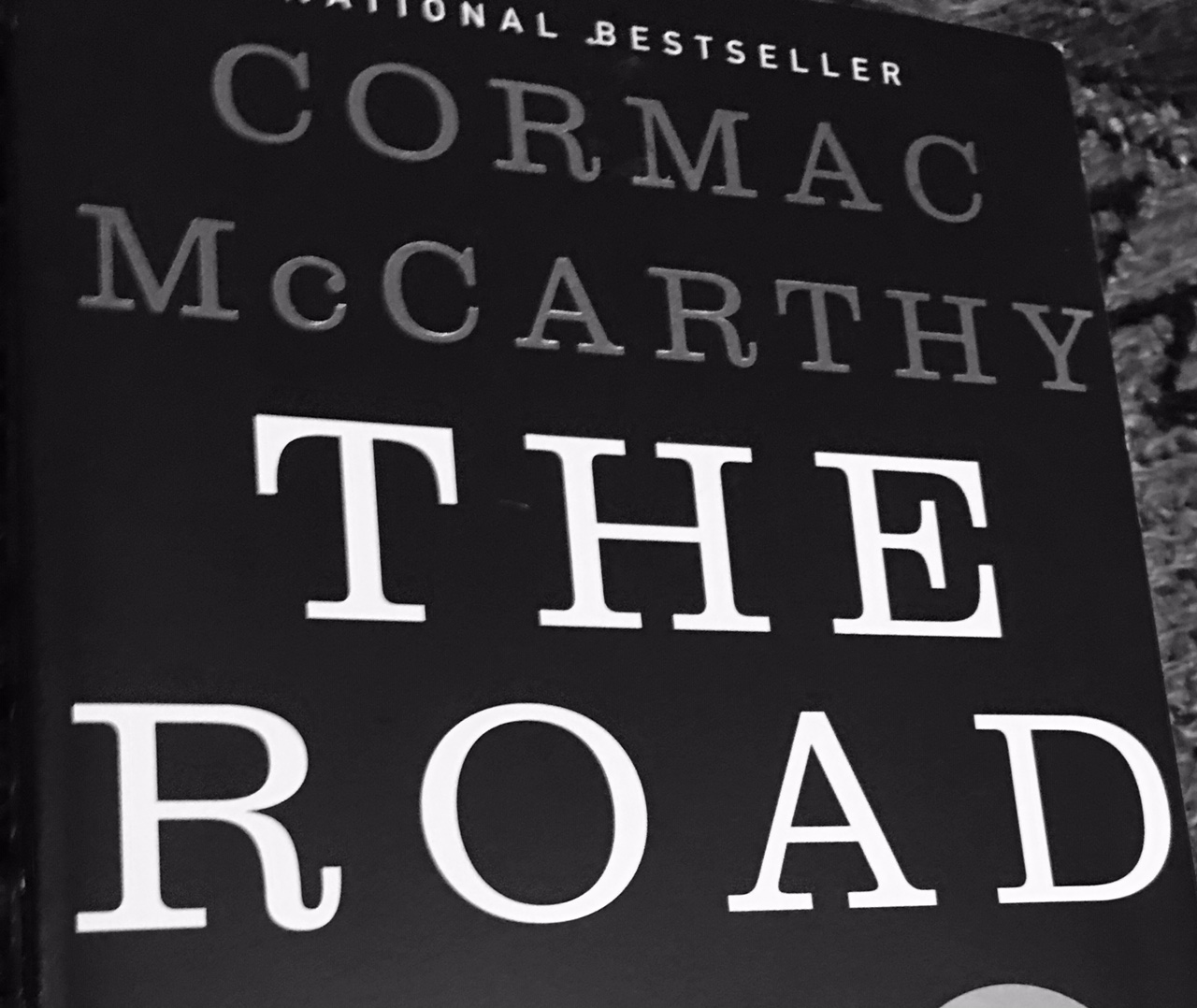
The Road by Cormac McCarthy
More than any writer, McCarthy provides a stark reminder that life can be worse than fiction. The Road is a story about a man and his son, attempting to survive on a road to a better place after some type of global catastrophe. Whether from a massive meteorite or nuclear war, it doesn’t seem to matter. The man and the boy encounter horrors, natural and man-made, that would arise under those circumstances. McCarthy weaves the setting into an unsettling reality, which can only be described as mastery in storytelling. Similarly, No Country of Old Men give a stark glace at crime and greed on the Texas-Mexico border. There are no real heroes or villains, just people ruthlessly carrying out their own motivations, like crocodiles snapping at prey, because that’s just what they do, right or wrong.
I Am Legend, Richard Matheson (1954)
Probably the biggest inspiration of the zombie genre. There is a reason there have been three attempts to make “I Am Legend” into a movie. The first with Richard Price was the best, the others failed to capture the enduring spirit of this novel. At its core, I Am Legend is a survival story. A pandemic has hit the earth, turning most people into slow-moving vampires. (That’s right, not fast moving zombies.) The lone survivor, Robert Neville, is holed up in a middle-class house in the mid-west (not New York!), fighting off slow but increasingly dangerous attacks from his undead former neighbors and friends. In the end, he is notorious, a legend of sorts, from the perspective of the new monster-controlled world.
Rendezvous With Rama, Arthur C. Clarke (1973)
Rendezvous With Rama was written in an era of science fiction, when the trend was heavy on description of the science and events and very weak on story and characters. While the character development is still suffering, the story idea really takes over and engages with enough force that the reader doesn’t mind the relative absence of personality. In the future, Earthlings detect a foreign object rapidly approaching the sun. Exploration teams are sent, which engages and enters the object, which turns out to be some kind of ship or probe. In the end, few answers are learned, however, many intriguing details are witnessed. Rendezvous With Rama is exciting and well worth the read: one of the few science fiction novels from the 1960s and 1970s that are worth the time.
Dune is another must read from the 1960’s. Dune is one of the most popular science fiction novels of all time, cited as the best-selling science fiction novel of all time in 2003. In Dune, Paul Atreidies is the first son of a family asked to rule the desert planet of Arrakis, which is populated by nomadic people, the Fremen. Arrakis is the only place in the universe where a spice if found, making space travel possible. The Fremen have a prophecy that an outworlder will come and free them, and Paul fits the bill. He and his mother, and survivors of the trap that kills most of his family after they first landed on Arrakis, lead to Fremen to retake the planet and control the universe. Dune is more than just a two-dimensional story of a messiah; it is a cautionary tale about charismatic leaders, and most importantly, a science fiction story strong with story and characters.
The Terror, Dan Simmons (2007)
The Terror should be compared to Alien. A ship cut off from civilization, slowly dying, must survive the elements while fighting off a superior foe, a powerful Yeti-like monster. Instead of space, where no one can hear you scream, The Terror takes place above the arctic circle, and better yet, is actually based in part on a real lost ship, The Terror, and real-life events, when an expedition disappeared, the crew members resorting to cannibalism. The Terror is not only an excellent horror-nearly-fantasy story, there is also a love interest, which works with the strong story and characters. Review of the Terror.
The Lord of the Rings Trilogy, J.R.R. Tolkien (1954-1955)
If you read fiction, you must read The Lord of the Rings. Selling of 150 million copies since it was first published, The Lord of the Rights continues to influence novels, movies and popular culture. Read it to better understand the collective consciousness of this world. If you’ve never read it, lucky you, you’re in for a fun time!
The Exorcist, William Peter Blatty (1971)
The Exorcist scared the shit out of the world and gave evangelical Christians a poster-boy for the bogey man in everything from Ouija boards and back-masking rock music for generations. The underlying message, intended or not, was understood to be that evil (even the Devil) is real. So you’d better watch out! Well, the message was received in this story of a young girl who is possessed by the Devil, and the imperfect priests that attempt to save her. The Exorcist Review.
Fahrenheit 451, Ray Bradbury (1953)
On the heels of the publication of the novel 1984, Fahrenheit 451 is another story about an authoritarian regime which oppresses freedoms of speech and even thinking. This time the government seeks out and destroys books. The book is short and engaging, and is required reading for science fiction and dystopian lovers, given the impact this novel has had on the genres.
The Hunger Games Series, Suzanne Collins (2008-2010)
The Hunger Games is a relatively recent series of novels and its popularity and success has established the story on many best science fiction lists. Katniss Everdeen lives in a dystopian future world where food is scarce and the United States has been broken up into districts after a civil war. The central authority punishes the districts for revolting each year by requiring them to give up two young people to fight to the death in the Hunger Games. Wish there were novel as good as the Hunger Games being released every year.
Shogun perfects a story that has been told by many other authors but never as well as this. A western man is lost in a foreign culture in which he ultimately adopted. In this instance, a Dutch trader lands in Japan before westerners are allowed, learns samurai ways, meets a girl, and befriends the most powerful leader, the Shogun. Criticized as being culturally and historically incorrect, the Shogun still remains one of the guilty-pleasures of the western psyche, seeking to escape the vagaries of soulless post-modern culture. In that sense, Shogun could be compared to Fight Club, with more detail, characters and historical decoration. The archetype of Shogun continues to sell, considering the international success of Avatar, another story of a modern man taken in by a different culture, only to see his prior life in a new light.
The Source, James Michener (1965)
Michener was the master of taking a single geographic location, and introducing the reader to riveting historical eras with engaging characters to bring history to life. The Source takes place in what is known as Israel/Palestine today, beginning in prehistoric times, going through biblical times, the crusades and the rise of Islam. A truly wondrous read, and one of the shorter books of Michener, a big plus.
The Handmaid’s Tale, Margaret Atwood (1985)
The Handmaid’s Tale was published around 1984, when everyone was reading Orwell’s book due to the timely title. Instead of a critique on leftist-politics, as in 1984, the Handmaid’s Tale is a liberal’s worst nightmare of the political right gone awry with a totalitarianism in a postmodern civil war in American, driven by Christian demagoguery. Women bear the brunt of the fall out in a world where most are childless, forcing them into servitude of the rich and powerful to breed children. Told with convincing characters and events, the reader must remember that such things have happened more often in modern human history under the banners of humanism.
The Godfather, Mario Puzo (1969)
The Godfather has probably had the most powerful and enduring effect on the crime genre than any other story or novel. The book, and indeed the movie, created an archetype of characters, settings and crime-boss-values that, whether true or not, are near universally accepted as the way things are or should be for the mob in popular cultural. Best of all, The Godfather is a great read with strong characters, good and bad, and excellent storytelling in a relatively short package. Puzo and Levin were cut from the same cloth. Wish there were more authors like them.
The Morning Tree (2006) and The Superunknowns (2016), Austin Reams
If you like our list, please consider reading The Morning Tree and the Superunknowns by Austin Reams. The Morning Tree follows a centurion, tracking down a rogue disciple who has stolen a gospel written by Jesus after the crucifixion. He is faced with questions of whether to use violence when carrying out what he thought was a spiritual goal, and learns that the Passion may not have happened like he’d thought.
In The Superunknowns, twin sisters, imprisoned in a governmental underground military base after the arrival of massive UFO’s, fight to escape and rescue their father from indentured servitude in a future where reality is dictated by a virtual world. The answers found are unsettling, since the right questions had been unknowable.


